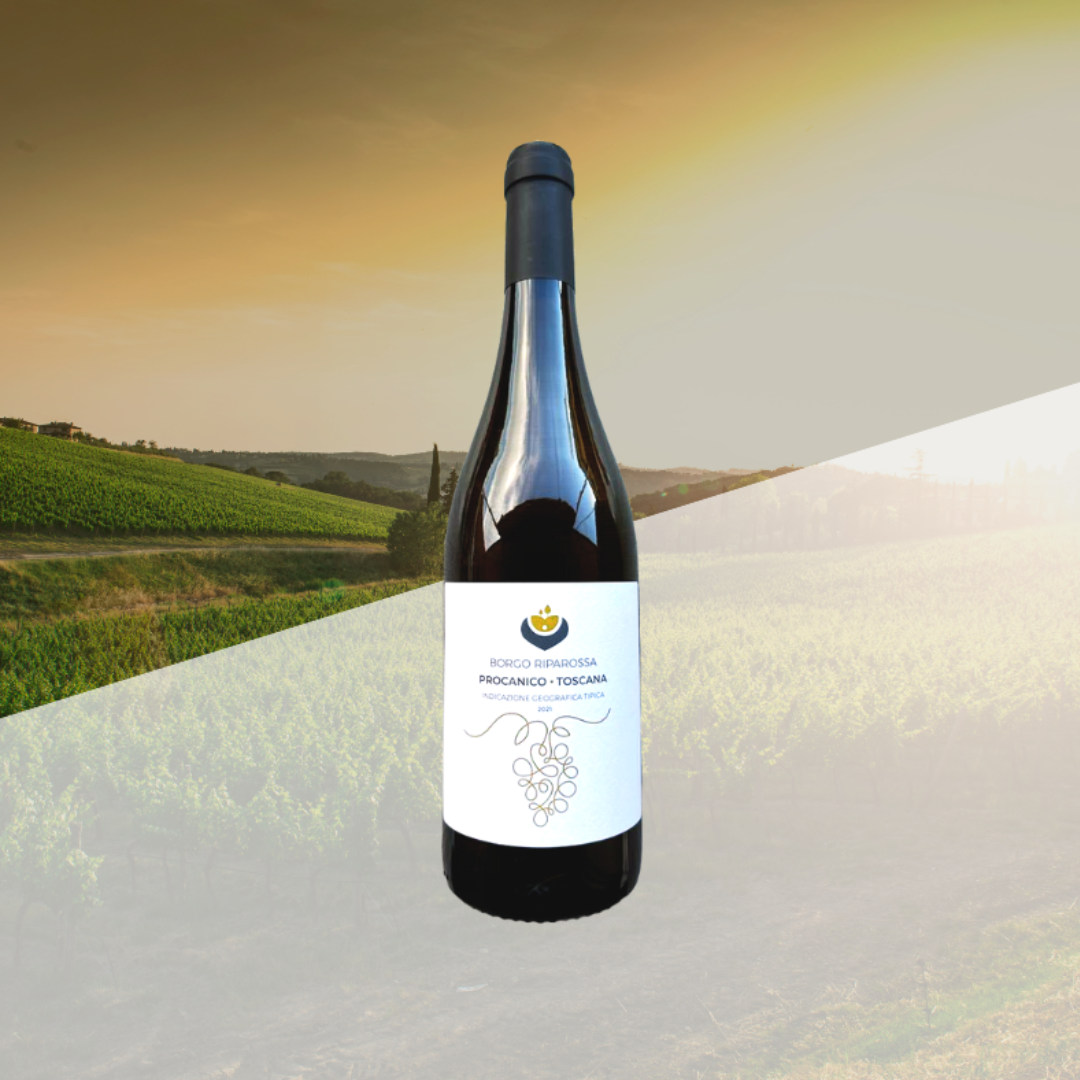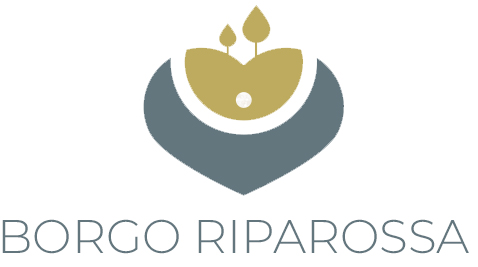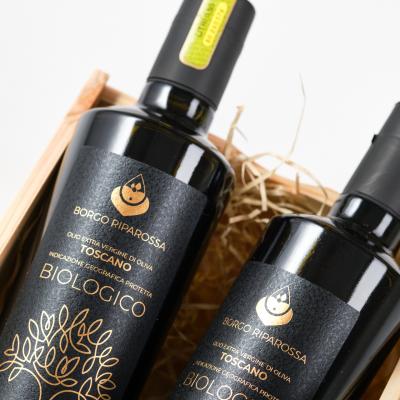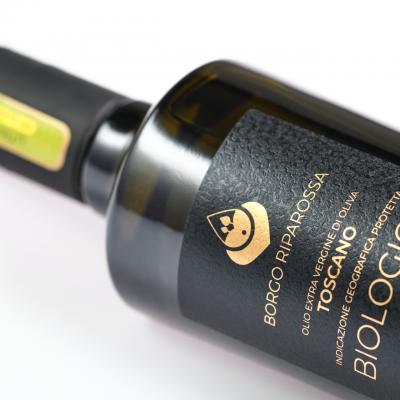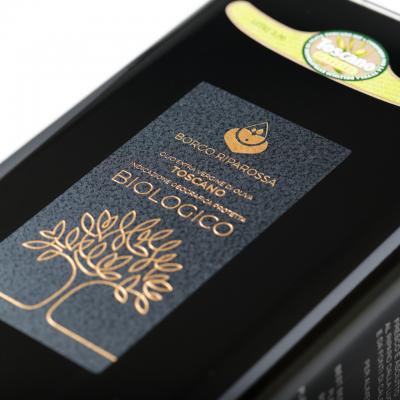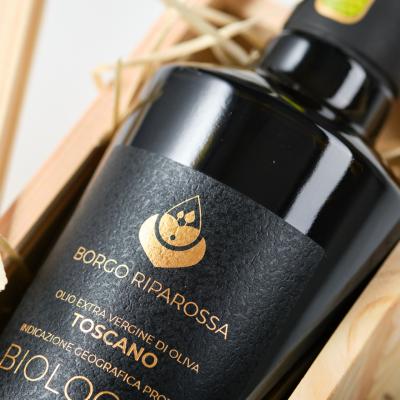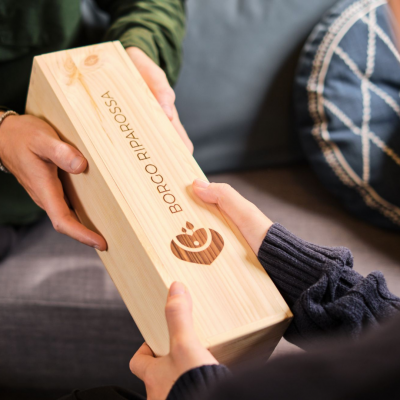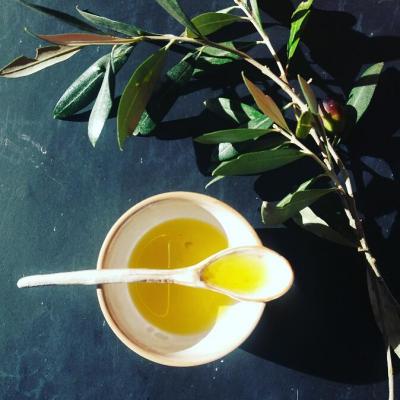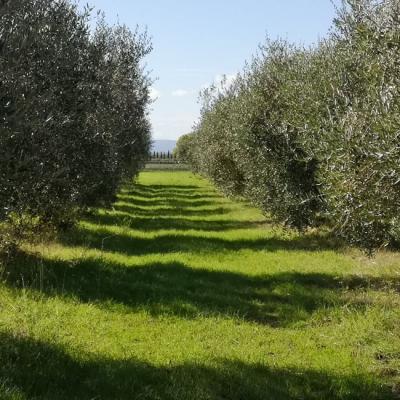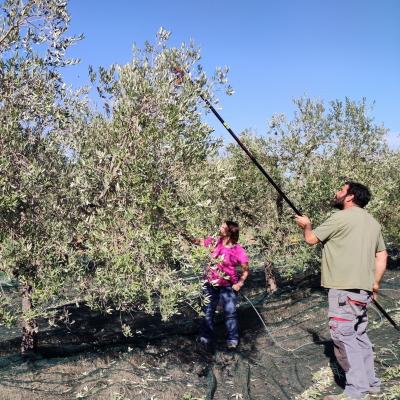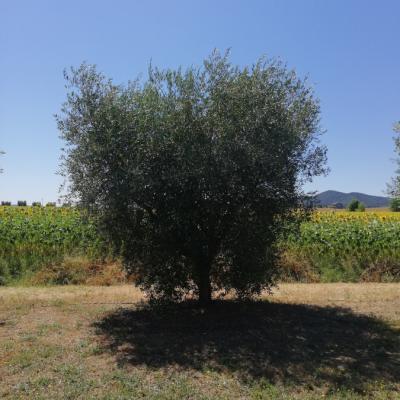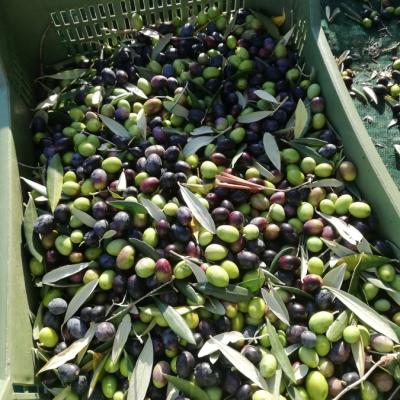Tuscan Procanico Wine IGT
Orange wine
The procanico or trebbiano rosa is a variety of Tuscan Trebbiano, born after a long search for the best vineyards to give maximum expression of a territory that is unique in the world.
Geographic and climatic aspect
The hilly area of Marsiliana-Manciano (Gr), is ideal for ensuring the vines the conditions suitable for their growth.The temperate breeze of the sea, located a short distance away in symbiosis with a clayey-warm soil, allows the plants to produce their fruits, from which an excellent wine is obtained.
Vinification
The grapes are matured until they take on the classic pink color of the skin, then harvested by hand in the coolest hours of the morning, crushed and destemmed, immediately cooled to 15 ° C and placed in a thermo-conditioned vat, where it remains for 5 days in maceration until 'raising of the hat, a tangible sign of the beginning of the “spontaneous” fermentation activity.
Fermentation using indigenous yeasts, which therefore begins on the skins and is subsequently completed "in white" after racking, takes place at a controlled temperature of 20 ° C in concrete vats.
At the end of fermentation, the wine undergoes only one racking, after which it remains on the fine lees for 8 months, during which frequent batonnage interventions take place (lifting and re-suspension of the fine lees). In this long period of maturation the malolactic fermentation takes place and the wine acquires gustatory depth and sapidity. This is followed by a couple of decanting, a slight addition of sulfur and bottling, carried out about 10 months after the harvest.
Fermentation using indigenous yeasts, which therefore begins on the skins and is subsequently completed "in white" after racking, takes place at a controlled temperature of 20 ° C in concrete vats.
At the end of fermentation, the wine undergoes only one racking, after which it remains on the fine lees for 8 months, during which frequent batonnage interventions take place (lifting and re-suspension of the fine lees). In this long period of maturation the malolactic fermentation takes place and the wine acquires gustatory depth and sapidity. This is followed by a couple of decanting, a slight addition of sulfur and bottling, carried out about 10 months after the harvest.
Tasting notes
Bright golden yellow color with intriguing reflections of red gold. The perfume has a strong mineral character on a background of white fruity notes (Golden apple) and delicate floral scents (acacia and also dried wildflowers). Pleasant officinal and balsamic suggestions complete the olfactory expression. On the palate vivacity and freshness supported by the roundness and fullness of the flavor with a very intense, savory and surprisingly persistent finish.
Gastronomic match
Ideal to accompany many seafood and land dishes, even structured ones, of the regional gastronomy. All to be discovered with aged cheeses and as a meditation wine.
